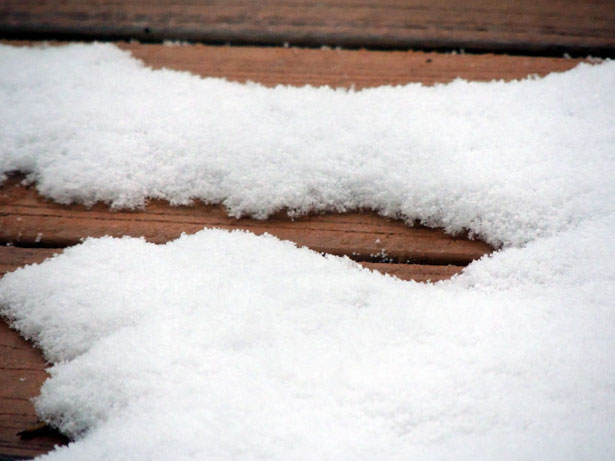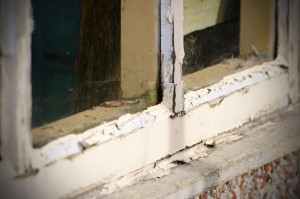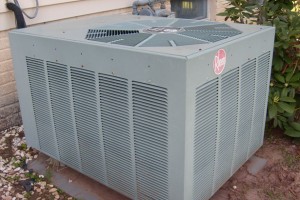Edmonton in showing all the signs of spring, from warm sunshine, and rising temperatures, to longer days and lawns in sight for the first time in months. This change also means melting snow which can lead from minor to major flooding and water damage issues; not to mention the wear and tear caused by major climate fluctuations. Oh the joys of living with Alberta weather!
Just a little diligence and minor preventative measures can save homeowners a fortune in the long run, so we’ve prepared a short and simple list of 6 ways to prep your home for this coming spring.
1. Strategic snow removal.
It is important prevent against melting snow pooling around basement windows or draining into the foundation, therefore it needs to be shovelled strategically. Shovel melting snow to a down-sloping area so it will melt away from your home. Additionally, be sure to clear snow away from basement windows.
2. Properly positioned gutters.
Downspouts should extend outward to a position where they discharge meltwater at least two meters from your home to ensure it doesn’t drain towards your foundation. Be sure eaves are clear and functioning properly before the majority of melting starts to occur. A leaking roof is not the best time to discover blockages!
3. Basement monitoring.
Check your basement for signs of leaking or dampness, especially in areas you don’t frequent regularly. The small amount of time it takes to check can save you much unneeded hassle. For additional peace of mind, a water alarm can be purchased inexpensively, to alert you to the first signs of flooding
4. Be a helpful neighbor.
The key to spring drainage are the sewage infrastructures already put in place by the city. Though not directly on your property it is important to ensure curb side drains are clear of debris. Being aware of drains near your home and monitoring them will prevent issues with your own home and surely earn the gratitude of your neighbours.
5. Door and window damage.
While you’re already out looking for drains and checking your eaves, take a quick stroll around your house noting each door and window you come across. Check that caulking and weatherstripping hasn’t deteriorated, as it so often will, during the harsh winter months. This is inexpensive to repair and will be invaluable when cooling your home in the summer.
6. Prep your HVAC.
The two best times of year to check your HVAC systems are spring and fall, as these are the season that fall right before periods of the harshest climate change that can wreak havoc on these systems. Pop in a new air filter, and ensure you have an extra one on hand. Then double check your air conditioner is still functioning, as the first day it hits 30 degrees won’t be the best time to call for last minute repairs.
Looking to get into a new home before the summer rush? CLICK HERE to search for available options in your neighbourhood and price range!
Tags:




